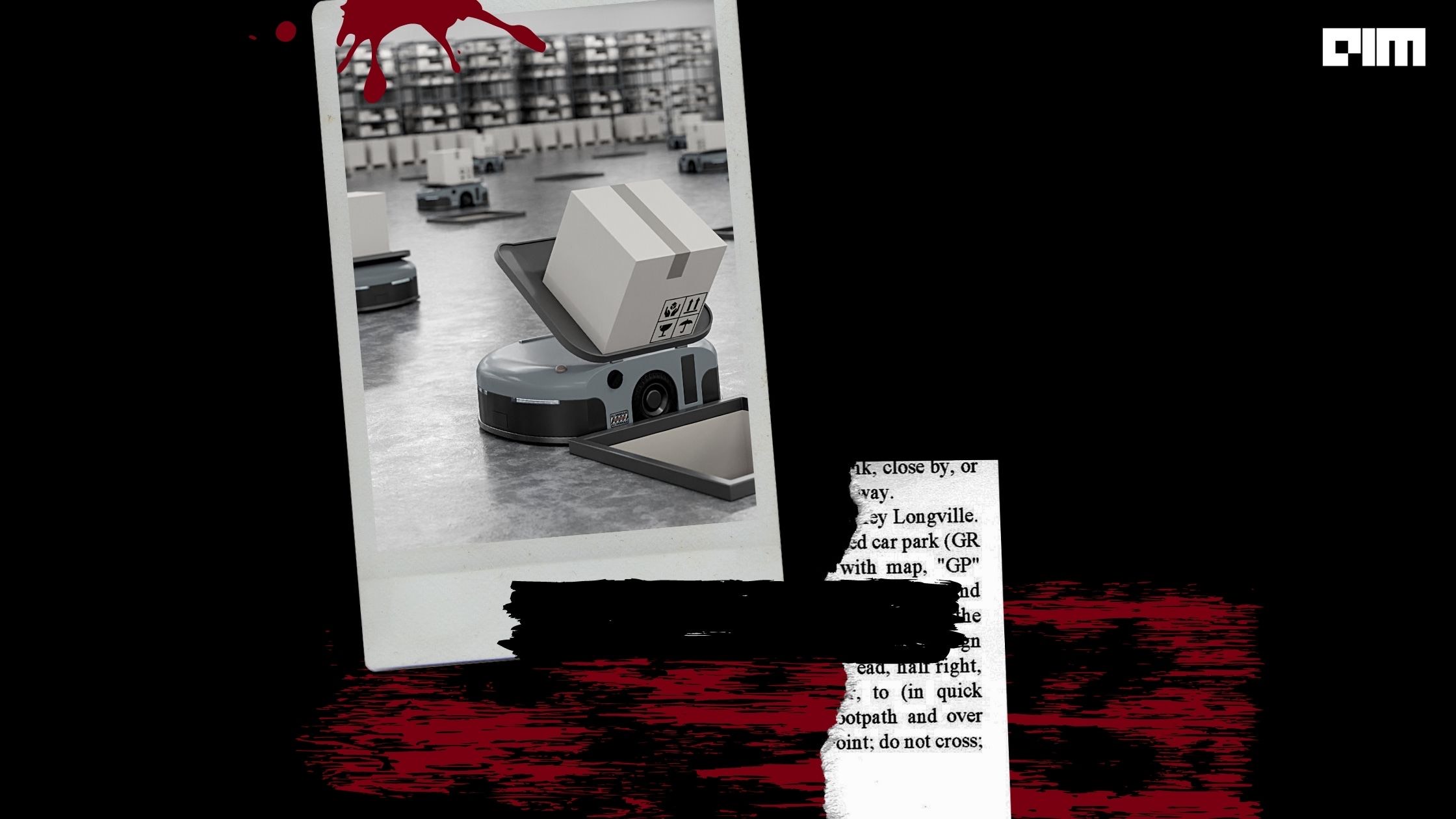The Global Assistive Robotics Market (GARM) was worth USD 4116.2 million in 2020 and will be worth USD 8389.4 million by the end of 2027, increasing at a CAGR of 12.6% from 2022 to 2027, as per the industry report. Mobility, Type, Application, and Geography are the major segments that make up the GARM. Assistive Robotics (AR), in particular, is an important research topic that focuses on monitoring and improving people’s daily lives. AR uses sensors to monitor their environment, and artificial intelligence is used to help them navigate around it.
There are various research contributions on AR and the following are some examples:
It is expected that the growing GARM would face various sensing and perception challenges in AR. Recently, researchers said that the main challenges would be on Behaviour, Adaptation, Interaction, and Artificial Perception. Take a closer look at some of AR’s limitations and the research being done to overcome them.
Assistive Robotics Limitations and Approaches
| Challenge | Issue | Recent Approach |
| Adaptation | Patient’s specific need | Ontology based method for characterising a social robot’s internal knowledge and self-awareness |
| Behaviour | Indoor navigation using vision | The approach includes combining the synergies of many state-of-the-art control paradigms into a neural structure |
| Behaviour | Robot with reinforcement learning for navigation | The proposed approach avoids collision and follows social norms through local environment perception. |
| Behaviour | Obstacle avoidance | The method combines two dynamic movement primitives (DMPs) in the task and joint spaces. |
| Interaction | Children’s interaction | The method provides unique child-robot learning. |
| Interaction | Short-term interactions with people | An assistive robotic platform was developed with adaptive social skills based on planning approaches. The robot adjusts itself to the game’s stage and assists the user. |
| Artificial Perception | Brain-Computer Interface (BCI) | This approach relies on the weightless neural-network-based classifier in this approach. |
The study stated above is only a glimpse of the sensing and perception challenge in AR.
Ongoing Research
Many AR developments have already started in the healthcare domain. Assistive Robotics is driven by the introduction of robot-assisted surgery. As opposed to traditional approaches, surgeons who utilise the robotic system report that it increases precision, flexibility, and control throughout the surgery. In parallel, the researchers have developed home-based cognitively assistive robots. The major goal of this study is to improve cognitive function and independence in older adults who do not have dementia. Similarly, the researchers have developed an application for children with autism.
According to UN predictions, the global elderly population would reach 2.1 billion by 2050. This aspect increases the need for rehabilitation robots to help the ageing population, resulting in market development. Furthermore, the growing number of disabled people is fuelling the market’s expansion. According to a recent report, North America leads the assistive robotics industry due to favourable reimbursement conditions and high per capita healthcare costs.
Are we prepared?
Many startups in India have already begun their work on robotics. It would be even better if the domain were explored at the school level. In fact, some Indian schools have taken the first steps. This is a positive sign that we will be able to face future research challenges in robotics. According to technology experts, robotics has already benefited industries such as manufacturing, automotive, and nuclear power. Many other important sectors are awaiting the arrival of robotics. Indian startups have already made their mark on this path and are well equipped to face the behavioural challenge of GARM. The purpose of this article is to raise awareness of the same and their future research challenges. The expansion of GARM, indeed, is a boon for startups to show their potential.



















































































